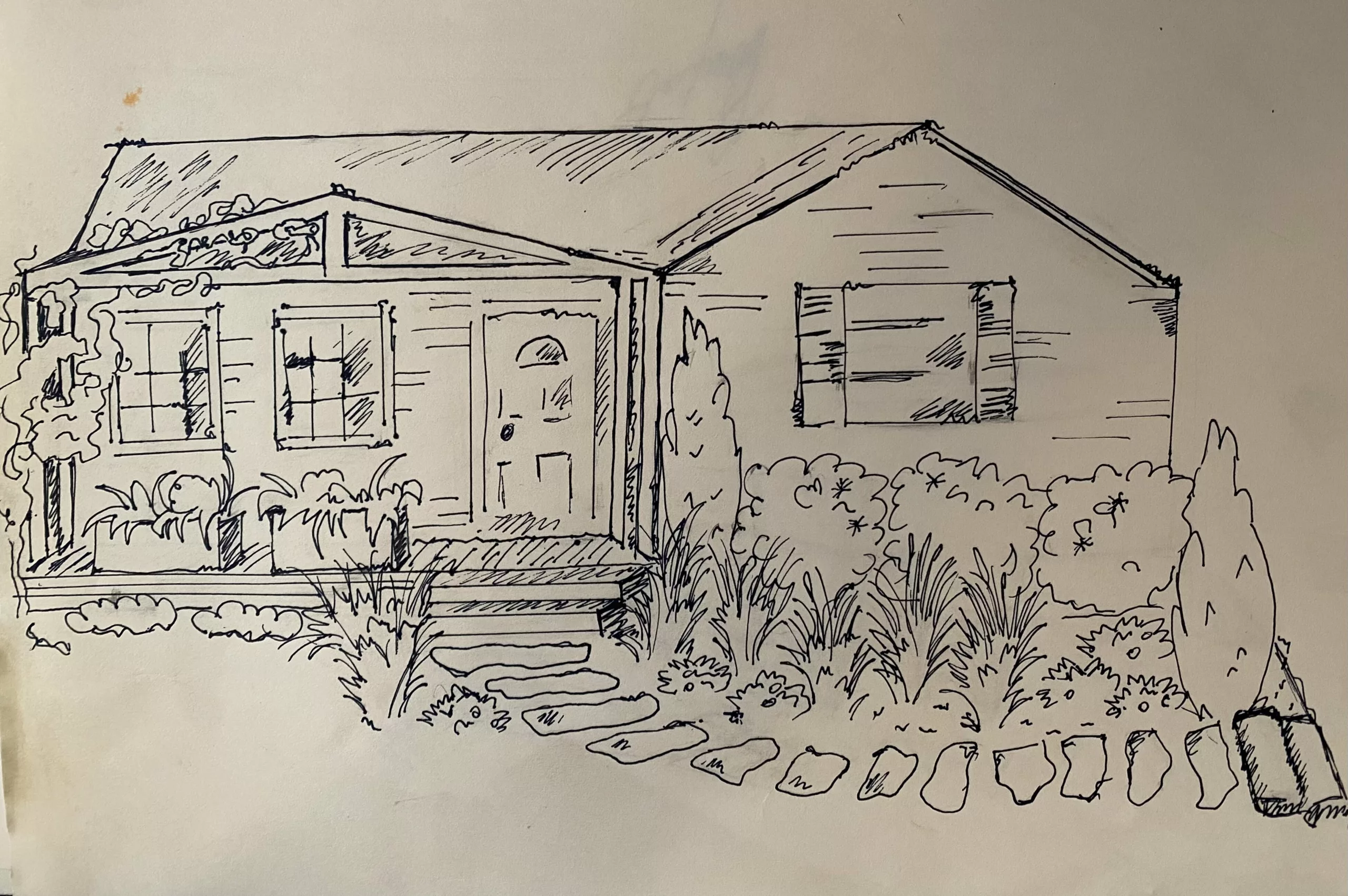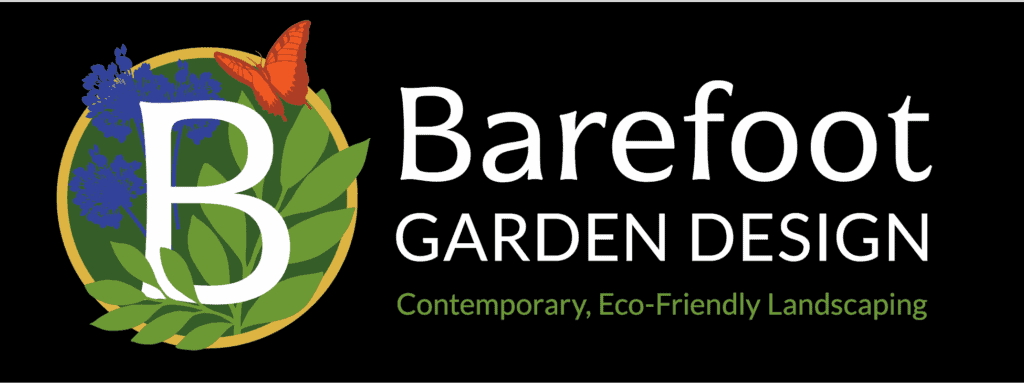More and more gardeners are adding native plants in their backyards to minimize harm to the environment. So, how are native plants for zone 5 healthier for the ecosystem?
Simply put, these plants are endemic to a particular area, naturally occurring of years for thousands. Over their period of existence, these plants evolve genetically and physically to an existing adapt to the local climatic conditions of the particular region.
Native plants are critical to the environment due to their direct relationship with regional wildlife. Native wildlife, including insects, birds, and animals rely on these plants for food and shelter. Meanwhile, these plants promote ecological processes such as pollination by supporting regional wildlife.
Furthermore, native plants are also ideal due to their healthy growing abilities in a particular region. These plants do not require additional care during seasonal changes as they are adapted to the weather conditions. Not forgetting, native plants also help reduce your air and water pollution as they can thrive without fertilizers and pesticides.
Continue reading this piece to learn about hardiness and the best native plants for zone 5 you can add to your garden.
What is Gardening Zone 5?
In permaculture zoning, zone 5 refers to a wild area with no human activity and intervention besides observation. This permaculture site is a natural reservoir for insects, mold, bacteria, etc.
When talking about gardens, hardiness zones refer to the general guidelines that dictate the temperatures a plant can survive in the area. In other words, average annual minimum temperatures categorize geographical areas as hardiness zones.
Typically, zone 5 plants cannot survive temperatures lower than -28 C. Hardy plants in zones 5 to 8 will probably be unable to survive low temperatures in zone 4 and lower. Similarly, these plants won’t survive high temperatures in zone 9 and higher zones.
Let’s have a look at the best native plants for Zone 5.
Purple Coneflowers
Echinacea Purpurea or Purple Coneflowers are flowering perennial plants native to the Eastern United States. They are a lovely addition to flower gardens, especially if you want to build a colorful outdoor living area.
Producing numerous large, purple, and daisy-like flowers, this plant is ideal if you want to build an eco-friendly garden. After all, these plants are friendly to bees, butterflies, and other pollinators.
Echinacea Purpurea will produce beautiful flowers in lean or poor soil. On the other hand, rich soil will lead to poor flowering and lush foliage. Purple Coneflowers thrive well in full sun, with at least six hours of sunlight per day. Easy to care for, this plant is also drought resistant and does not require additional watering in rainy areas.
Peony Flowers
Paeonia or Peony Flower Plant is a genus of thirty flowering plant species native to Europe, Asia, and Western North America. This plant is an excellent choice for zone 5 regions if you want to build a sunny flower garden.
Like Purple Coneflower, Peony flowers are also pollinator-friendly due to their large, showy leaves. This plant may also produce fragrances during pollination season to attract more bees, butterflies, and birds. The colorful flowers and lush foliage of herbaceous Peony Flower Plants also make for an attractive planting background in home gardens.
Peonia is a low-maintenance plant if you grow it within the USDA growing zones 2 to 8. Plant your Peony Flowers in well-draining pot soil and place them in a sunny location to harvest colorful flowers in spring and early summer.
Smooth Spiderwort
Smooth Spiderwort or Tradescantia is a famous wildflower in many floral gardens, native to a big part of the US, including Massachusetts and Connecticut. This plant is an excellent choice if you want to add a unique flowering plant to your landscape.
Besides offering different-looking flowers to your outdoor space, Smooth Spiderwort is incredibly easy to care for and grow. The flowers look lovely, then why the strange name? Many believe that it has medicinal properties that can treat spider bites.
Regardless, the plant is worth having in your garden if you live within hardiness zones 4 to 9. They favor well-drained, acidic soil with placement in partial shade. But, your Spiderwort will also do well in sunny areas unless the soil is dry.
Bee Balm
Monarda, commonly known as the Bee Balm flower plant, is an attractive perennial native hardy in zones 3 to 9. Native to North America, it naturally grows in woodland areas.
It is a pollinator-friendly plant that attracts bees, butterflies, and birds with its daisy-like blooms. It blossoms each year and beautiful white, pink, red, and purple flowers pop out. Bee Balm favors full sun and performs well in rich, moist soil.
Coral Bells
Are you looking to add more color to your flower garden? In that case, the Coral Bell plant is a must-have if you live in hardiness zones 4 to 9. This perennial plant will instantly add a lot of colors and visual interest to your garden.
Besides the colorful flowers (deep red, white, pink, and light coral), Huerta or Coral Bell Plant also has attractive foliage with impressive range in colors. They require little water and well-draining soil to produce abundant flowers in late spring and early summer.
Butterfly Weed
Asclepias Tuberosa or Butterfly Weed plant is native to North America and hardy in zones 3 to 9. It is a low-maintenance, trouble-free plant that produces beautiful and colorful flowers throughout the summer season. Attracting pollinators, the flowers come in various colors including red, orange, and yellow flowers.
Butterfly Weed is one of the best native plants for zone 5 beginners, as it can adjust to both bright and poor sunlight, and various soils. However, it favors and performs better in slightly acidic sandy soil.
Bottom Line
Native plants are adapted for healthy growth in their native regions. These plants do not require much maintenance and can thrive well even without pesticides and fertilizers. Moreover, they help restore ecological balance by providing food and shelter to regional wildlife and promoting pollination.
That said, you must check a plant’s hardiness zones before adding it to your yard. Purple Coneflowers, Peony Flowers and Smooth Spiderwort are excellent plants for Zone 5 regions if you want to create a colorful flowerbed.







